Uncovering Padua’s Artistic and Cultural Treasures: A Tourist’s Guide
According to legend, the Trojan Antenor built Padua about 1183 BC, making it one of Italy’s oldest towns and one of northern Italy’s most prominent cultural and economic centers. The territory around Padua swiftly grew to become an essential Venetian center.
In 215 BC, the town was granted status as a town after it was annexed into the Roman Empire. The city quickly became one of Rome’s most significant and prosperous commerce centers, producing many notable figures. After the collapse of the Roman Empire, the Huns, Attila, and the Lombards destroyed Padua.
Padua is 430 years older than the Italian city of Rome. It is established in 1183 BC.
History of Padua
From 1236 to 1256, the dictator Ezzelino da Romano controlled Padua and inflicted horrifying cruelty on its residents. In June 1256, Pope Alexander IV deposed Ezzelino without civilian violence, allowing the city to experience a period of tranquillity and prosperity. The people of Padua selected Jacopo da Carrara as their Seigneur in 1318. From then until 1405, nine members of the da Carrara family (also known as the Carraresi) were lords of the city.

Padua fell to the French, Austrians, and Kingdom of Italy in 1797 before being seized by Austria again in 1814. Like the rest of Veneto, Padua became a member of the Kingdom of Italy in 1866. Today, the city is serving as a most significant business center in Veneto.
Padua was designated as the central command post of the Italian Army in the north when Italy entered the First World War in 1915. Padua expanded beyond its historical bounds and surged in population in the years immediately following World War I. However, the city was still rife with instability and turmoil, and combat veterans struggled to re-enter civilian life. Following Italy’s surrender in World War II, Padua became part of the Italian Social Republic, the German invaders’ puppet state. The city housed the new state’s Ministry of Public Instruction, a military command post, and an army airfield.
During the Resistenza, Italian partisans were particularly active against both the new Fascist regime and the Germans, and Concetto Marchesi, Rector of the University, was one of the leaders. Allied planes bombarded Padua multiple times, and partisans and foreign soldiers didn’t free it until April 1945.
Following the war, the city grew swiftly, mirroring the Veneto’s transformation from the poorest Region of northern Italy to one of the richest and most active in modern Italy.
How to Reach Padua
By Air
- Marco Polo Airport (20 km)
Venice’s “Marco Polo” airport is the closest airport, 20 kilometers (12 miles) east of Padua.
From the airport, travel to Padua by;
- SITA coach
- Train from Venezia–Mestre railway station
- Shuttle service (Air Service or Landomas minibus)
If you cannot go straight to Venice, seek a connecting flight from Rome or another accessible European airport, such as London Heathrow, Frankfurt am Main or Paris Charles De Gaulle.
- Treviso “Antonio Canova” Airport (62 km)
The airport serves low-cost airlines. Travel to the city by La Marca coach or by train.
- Verona “Valerio Catullo” Airport (86 km)
From the airport, travel to Padua by train.
- Bologna “Guglielmo Marconi” Airport (120 km)
From the airport, travel to Padua by train.
- Milano Bergamo – Orio al Serio Airport (194 km)
Travel to the city by train.
- Milano Linate Airport (240 km)
From Linate, travel to Padua by train from Milan Central Station.
- Milano Malpensa Airport (281 km)
From Malpensa, travel to Padua by train from Milan Central Station.
By Train
The railway station is about a 15-minute walk from the old town, and trains run to Venice, Trieste, Verona, Milan, Bologna, Florence, and Rome. Trenitalia and Italo train services are available.
By Bus
Flixbus and Megabus services are available to the city.
By Vehicle/Car
Highways link Padua with Venezia (A4), Milano (A4), and Bologna (A13). If you want to arrive by car, ensure your hotel has a parking lot, as parking in Padua’s center might be problematic.
Padua Weather
According to the Köppen-Geiger classification, Padua has a humid subtropical climate (no dry season and hot summer). Padua’s annual high temperature is 20°C (from 8°C in January to 31°C in August). The average annual rainfall is 1263mm, with a low of 61mm in January and a high of 169mm in May.
- The weather in January is highly unpleasant. In January, for example, the maximum temperature is 8°C.
- The weather is adverse in February. In February, the temperature rises to 11°C°C, and it rains approximately 18% of the time.
- The weather in March is simply fine. The temperature can reach 15°C°C, and it rains approximately 99mm monthly.
- The weather is pleasant between April and October. In October, for example, the highest temperature is 20°C, and four days of rain are forecast.
- The weather in November is generally pleasant. At midday, the average temperature is 14°C, with 114mm of rain expected every month.
- The weather is not pleasant in December. This month’s high temperature is 15°C, while the average monthly rainfall is 68mm.
The best time to Visit Padua
Padua’s finest months for weather are April, May, June, July, August, September, and October. July and August are the warmest months on average. The month of January is the coldest of the year. May and June are the wettest months.
Padua’s Attractions and Things To Do
This city is one of northern Italy’s oldest towns, with several world-class landmarks and attractions you can see and explore.
Step inside Basilica di Sant’Antonio

The church is one of the Holy See’s eight worldwide shrines and a well-known pilgrimage site, with millions of Roman Catholics from all over the globe visiting Padua each year.
Saint Anthony of Padua Church, which dates from the 1200s, is a remarkable blend of architecture, with a robust Romanesque façade, Byzantine domes, and Gothic and Baroque interiors. Many stunning paintings, colorful artworks, and elegant marble statues can be found inside the chapel. Look for works by well-known Italian artists such as Donatello and Titian.
You can visit the official website.
Take a Tour of the University of Padua

The University of Padua, founded in 1222, is the second oldest university in Italy, after Bologna, and the fifth oldest in the world. The institution was founded by researchers and professors from the University of Bologna who sought greater academic independence.
Palazzo Bo (The Bo Palace) is the university’s main campus in the historic center. The great courtyard, with its many beautiful paintings, is open to the public, but a tour throughout the institution will show you so much more.
On a guided tour of the university, you may see even more of the 800-year-old campus, such as various stately halls where several scientific discoveries have been produced, the world’s first permanent anatomic theater, and the desk where Galileo Galilei once lectured as a professor in the early 1600s.
Explore Padua’s Botanical Gardens
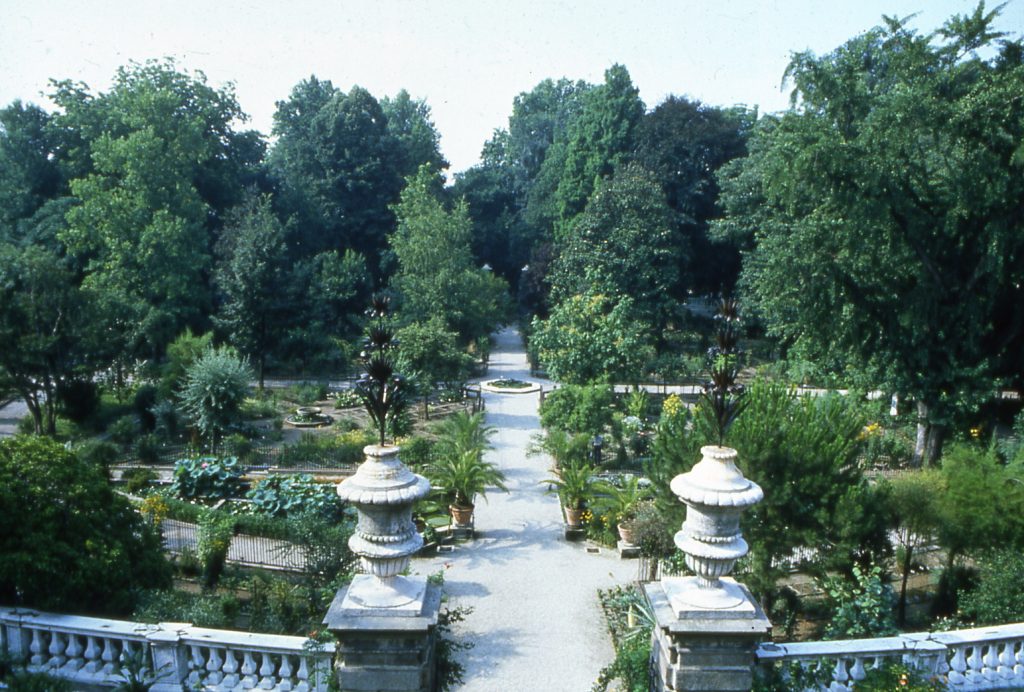
The Venetian Republic established Padua’s Botanical Gardens to cultivate medicinal herbs. The University of Padua has tied the gardens to itself since its inception and has employed them in the study of botany, medicine, pharmacology, ecology, and many other subjects.
The exquisite gardens are now a UNESCO World Heritage Site and are available to the public daily. You may visit the two main sections, which house over 7,000 plant species together. Guided tours are available for schools and groups; you can visit the official website upon booking.
Visit Piazza dei Signori

Piazza dei Signori (Square of the Lords, or Seigneurs) is one of Padua’s most attractive squares, which gets its name from the historic Reggia dei da Carrara (which no longer exists), which was formerly the 14th-century residence of the Lords of Padua. The Palazzo del Capitanio (originally for retired Venetian sea captains) with its Torre dell’Orologio lies on the west side (Clock Tower). The Loggia del Consiglio, the venue of city council sessions since 1420, is on the south, while the little church of San Clemente, which dates from 1190, is on the east.
The plaza is designed as a rectangle surrounded by buildings from various centuries and styles, some of which still boast medieval and Renaissance embellishments. The Captain’s Palace flanks the Clock Tower symmetrically to the west.
See Giotto’s Greatest Masterpieces at Cappella degli Scrovegni
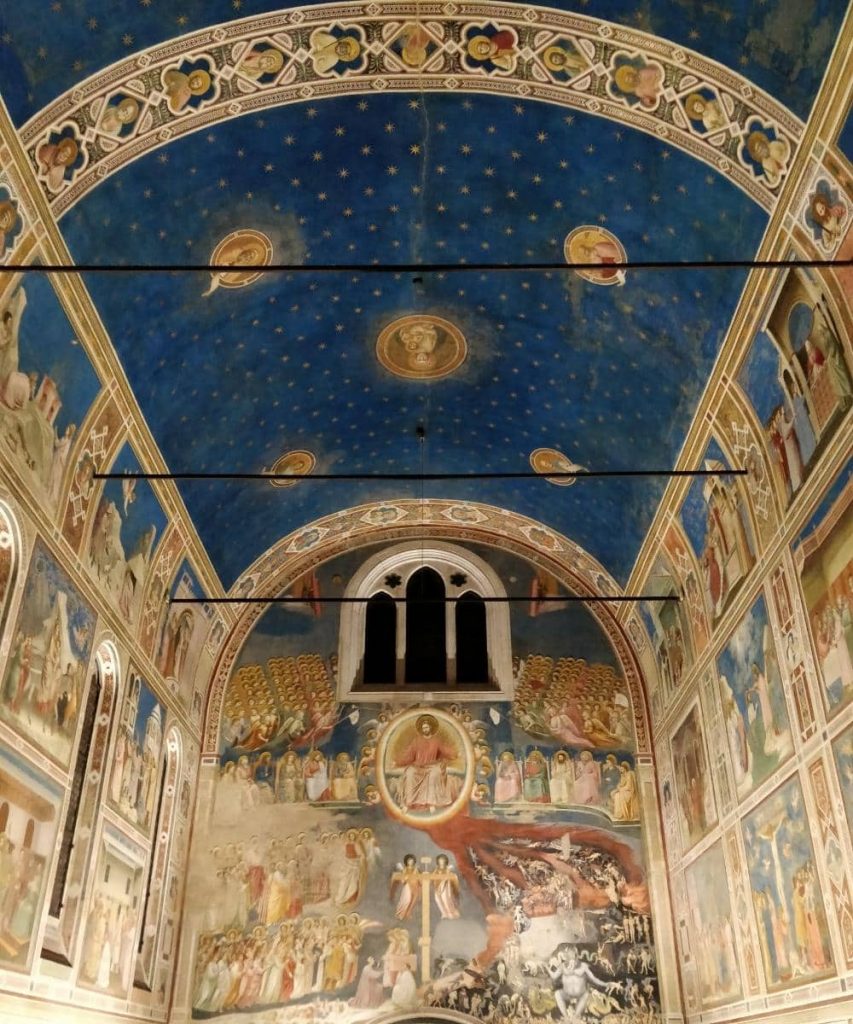
Currently, a sealed and controlled atmospheric system protects the chapel, and the public’s access is limited and regulated to manage the carbon dioxide exposure of the paintings. One must make appointments in advance to visit the chapel since same-day bookings are no longer allowed, even during less busy seasons.
You can visit the official website.
Wander around the huge Prato della Valle.
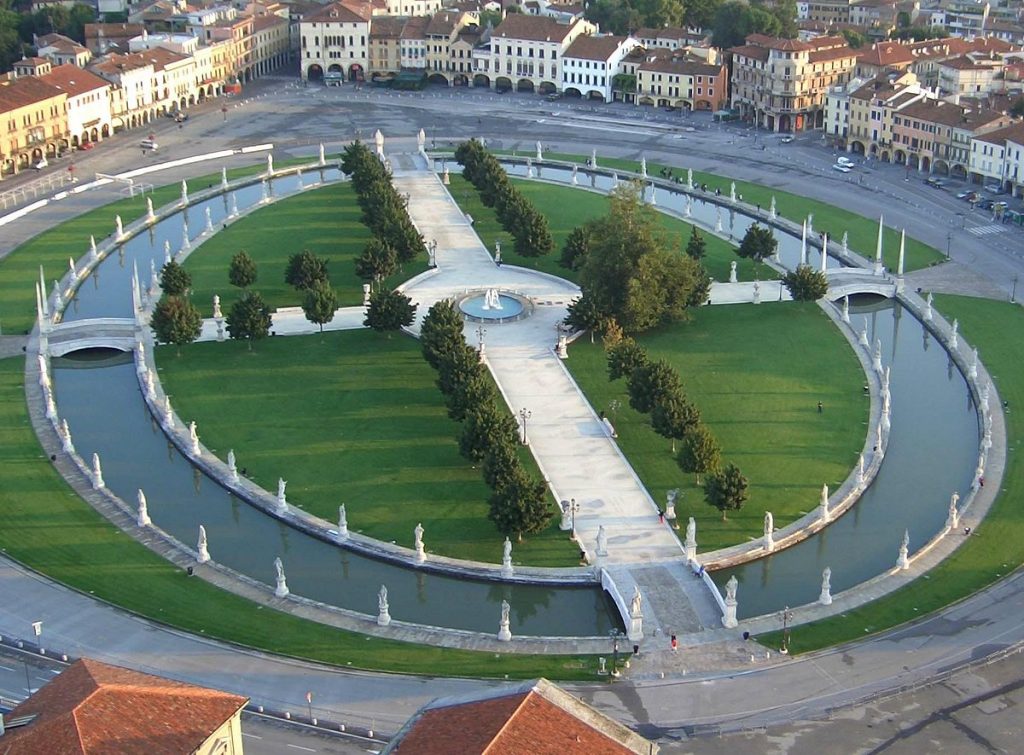
Padua has Italy’s largest piazza (town plaza), adding to its outstanding accomplishments. Prato della Valle is 90,000 square meters in area, with a green island in the center called l’Isola Memmia and 78 sculptures of the city’s most renowned people.
Prato della Valle is constantly packed with people taking an afternoon stroll or letting their children run around in the sun, no matter when you arrive. The piazza hosts various events and fairs yearly, so you never know what you’ll come across.
Visit Piazza Duomo

Piazza Duomo is another must-see since it houses three prominent landmarks: Padua Cathedral, the Baptistery, and the Diocesan Museum. From the outside, the Duomo di Padua is not as magnificent as the Saint Anthony of Padua Church, but it is nevertheless one of Padua’s most notable structures. In 1117, the old cathedral was erected, but an earthquake mainly destroyed it.
Next door to the cathedral, the Baptistery of Padua boasts stunning murals produced in the 14th century by famous Italian painter Giusta de Menabuoi, a disciple of Giotto.
Completing the trinity of buildings on Piazza Duomo, the Diocesan Museum houses the city’s most established collection of religious art within the ancient 15th-century seat of the Bishops of Padua.
Cruise or Bicycle along the Brenta Canal

Burchiello is the ideal method to go along the Brenta Canal from Padua. Originally a classic wooden Venetian barge used by the elite to reach their Riviera estates, the Burchiello has been modernized into modern and pleasant boats that navigate the canal.
A full-day mini-cruise will transport you to and from Venice. Many cruises feature stops and guided tours of some of the Riviera’s homes, including Villa Foscari, Villa Widmann, and Villa Pisani.
In addition, bicycling is popular on a route alongside the canal that is more attractive than the autostrada that connects Venice and Padua. You may hire bikes or join a guided canal bike trip.
Shop at Padua’s 800-year-old market

While many of the structures and sites in Padua are over 800 years old, it may surprise you that the daily market has been a fixture in the city for just as long. Padua’s primary market has been functioning for almost eight centuries, occurring every morning from Monday through Saturday over Piazza delle Erbe and Piazza delle Frutta. Everything from fresh vegetables to clothing, household products, and antiques is available in the present market.
Padua’s morning market is unquestionably a must-see site. There are also many cafés and restaurants surrounding the active squares where you may stop for a morning coffee or a bite while observing the bustling market.
Stop for a coffee at Caffe Pedrocchi.

Caffe Pedrocchi, known as “the cafe without doors,” is one of Italy’s most renowned coffee shops. From 1831 until 1916, it was open 24 hours a day, seven days a week, and its doors were never closed. Located immediately across the street from the University of Padua’s Palazzo Bo, the cafe has hosted numerous prominent academics, thinkers, writers, and artists for almost 200-year history. It has also hosted necessary parties and events, such as beautiful academic balls.
Although the café now has closing hours, it remains one of the most significant locations to stop in Padua for excellent Italian coffee and pastry. Caffè Pedrocchi, the cafe’s specialty, is a shot of 100% Arabica coffee with mint-flavored cream and a sprinkling of chocolate powder.
You can visit the official website.
Few other places you may be attracted to in Padua;
Day Trip to Euganean Hills and Thermal Spas

Visit the nearby Town of Este.

Enormous walls protect the nearby 14th-century Castello Carrarese.
Drive to Montagnana

Other entertainment activities available at Padua
Cinema
View the cinema at;
- Cinema Rex
- Multiastra
- Porto Astra
- Lux Movie Theater
Note that most movies will be in Italian.
Theater
See dance, concerts, plays, operas, and children’s theater at Teatro Verdi Padua.
Padua’s Cuisine
Padua dining is known for its simplicity and excellence. Most restaurants in Padua, Italy, use only the freshest ingredients from the Piazza dei Frutti and Piazza delle Erbe markets. Most menus contain Padua’s traditional food, which goes back to Medieval times, such as cooked hen meat with vegetables, mixed boiled meats, rice and peas, and pasta and beans.
Here is a list of foods and drinks you must try during your visit to Padua.
Foods
- Bigoli

- Gallina Imbriaga

The main component of this fantastic dish is the Paduan hen, a recognizable species with a tuft that originated in the city dedicated to a particular fair.
- Baccalà alla vicentina
Soak the cod for a few days and slowly cook it with onion, milk, and oil to prepare this dish.

- White asparagus
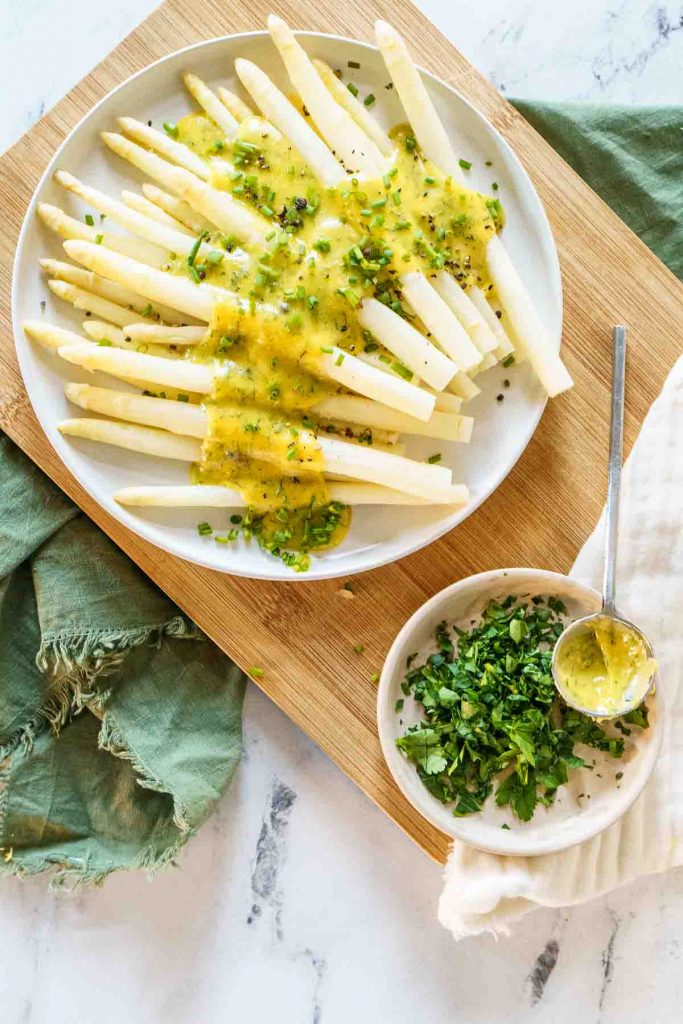
- Radicchio Treviso

- Fegato alla veneziana

Drinks
- Aperol

- Bagnoli Friularo Vendemmia Tardiva

- Bagnoli Friularo

- Colli Euganei Fior d’Arancio passito

- VOX
Confectioner Gian Battista Pezziol created VOV, an Italian egg liqueur, in 1845. He made this creamy, sweet liqueur using the leftover egg yolks from his nougat company. He mixed them with Marsala and sugar.

Desserts and Sweets
- Zanetti

- GoodBike Padua – There are 25 stations and 250 bicycles accessible for locals and tourists to navigate the city more conveniently and “greener.”
- Mobike – Mobike is a bike-sharing service that allows you to use a bike without returning it to a pick-up point.
City Buses and Regional Coaches
Busitalia operates city buses and regional coaches. Busitalia Veneto operates throughout the Region, providing both urban and extra-urban public transportation in the provinces of Padua and Rovigo.
The on-call night bus service is known as QUIBUS. It’s comfortable, convenient, and secure. It will pick you up and drive you to any Busitalia Veneto station in the Municipality of Padua.
More details are available through this link
Tram (Metrobus)
The tram route allows you to visit critical monuments in less than 15 minutes. The tram runs from the train station to Guizza (south) and from the train station to Pontevigodarzere (north) (north).
Parking in Padua
The city of Padua provides a controlled parking area of approximately 10,000 parking places, with half of them located inside attended facilities.

Parking spots are classified into three types:
- On-street parking spaces
Parking spaces are marked with blue stripes throughout the roadways. Apex Parks manages a list of on-street parking places, which may be found at this link.
- Guarded car parks
Aps Parcheggi administers 16 parking facilities with access regulated by automated barriers or on-site personnel. Map and rates are available at this link.
- Open-air car parks
Open-air car parks offer parking with no opening or closing times.
- Traffic-Restricted Areas
Electronic gates that read car license plates surround Padua’s center, a Traffic-Restricted Area (ZTL). Only cars with a particular traffic permit can enter the LTZ.
Accommodation facilities in the ZTL can give guests a pass to enter the restricted zone and drive to the facility.
Parking regulations allow only a short time for loading and unloading bags.
PaduaCard

Apps
Padua offers a variety of apps, those services include;
- Local transport details
- Car parks details
- Taxis, campers, and shuttles details
- Bike Sharing details
With all the above, we hope you will have a wonderful tour of Padua, one of the oldest cities in Italy.
People also viewed:
- The Bellissimo Months: Best time to visit Italy
- New Ryanair Summer Destinations From Italy
- Palermo, Italy

Taxi
Taxi Padua is a taxi service that transports passengers around the province of Padua and to airports. It offers Radiotaxi, appTaxi, smsTaxi, Taxi Merci, and many more features for its travelers.
Car Sharing
Padua offers a Car Sharing service, allowing you to rent a car as needed and pick it up from a designated parking lot without incurring management or maintenance charges.
Stalls, booking methods, traffic and parking facilities, and conditions are all accessible at this link.
Bike Sharing
Visitors may explore Padua by bicycle as well.
All services for renting, repairing, assisting, parking, and labeling bicycles are available at;
- GoodBike Padua – There are 25 stations and 250 bicycles accessible for locals and tourists to navigate the city more conveniently and “greener.”
- Mobike – Mobike is a bike-sharing service that allows you to use a bike without returning it to a pick-up point.
City Buses and Regional Coaches
Busitalia operates city buses and regional coaches. Busitalia Veneto operates throughout the Region, providing both urban and extra-urban public transportation in the provinces of Padua and Rovigo.
The on-call night bus service is known as QUIBUS. It’s comfortable, convenient, and secure. It will pick you up and drive you to any Busitalia Veneto station in the Municipality of Padua.
More details are available through this link
Tram (Metrobus)
The tram route allows you to visit critical monuments in less than 15 minutes. The tram runs from the train station to Guizza (south) and from the train station to Pontevigodarzere (north) (north).
Parking in Padua
The city of Padua provides a controlled parking area of approximately 10,000 parking places, with half of them located inside attended facilities.

Parking spots are classified into three types:
- On-street parking spaces
Parking spaces are marked with blue stripes throughout the roadways. Apex Parks manages a list of on-street parking places, which may be found at this link.
- Guarded car parks
Aps Parcheggi administers 16 parking facilities with access regulated by automated barriers or on-site personnel. Map and rates are available at this link.
- Open-air car parks
Open-air car parks offer parking with no opening or closing times.
- Traffic-Restricted Areas
Electronic gates that read car license plates surround Padua’s center, a Traffic-Restricted Area (ZTL). Only cars with a particular traffic permit can enter the LTZ.
Accommodation facilities in the ZTL can give guests a pass to enter the restricted zone and drive to the facility.
Parking regulations allow only a short time for loading and unloading bags.
PaduaCard

Apps
Padua offers a variety of apps, those services include;
- Local transport details
- Car parks details
- Taxis, campers, and shuttles details
- Bike Sharing details
With all the above, we hope you will have a wonderful tour of Padua, one of the oldest cities in Italy.
People also viewed:
- The Bellissimo Months: Best time to visit Italy
- New Ryanair Summer Destinations From Italy
- Palermo, Italy
- Pandoro
This traditional Christmas bread originates in Verona. People traditionally cook Pandoro in a star-shaped form. It does not include nuts or dried fruit, like its relative panettone. In the 18th century, the elite enjoyed this dessert, which originated in its original form.
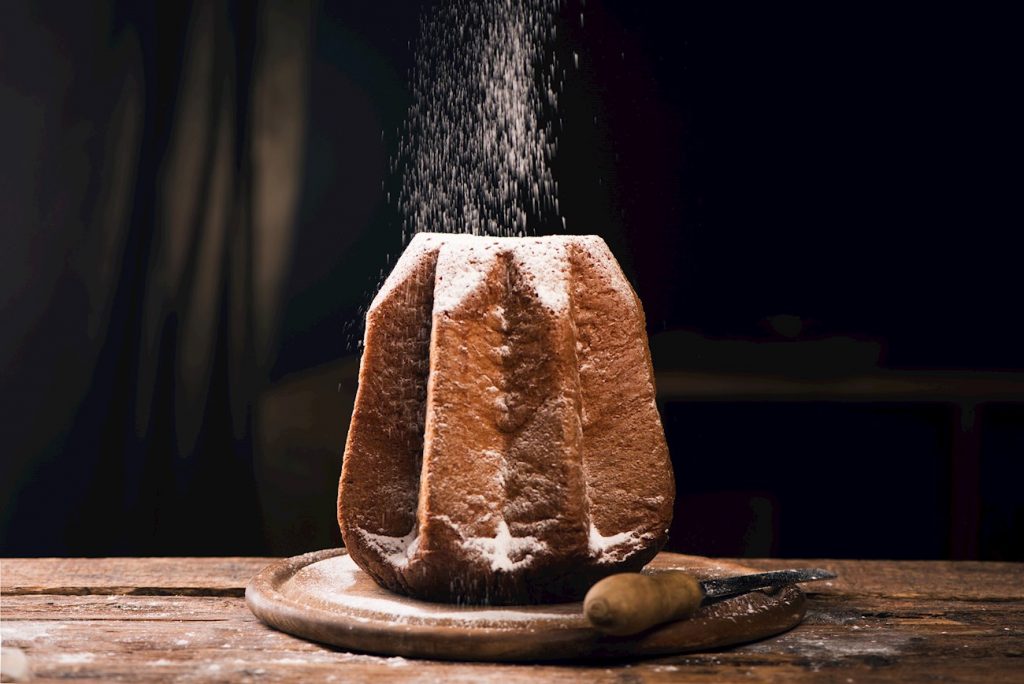
- Pazientina cake

Where to Eat in Padua
Below are a few restaurants, clubs, and pubs where you can try food and drinks in Padua.
- Caffè Pedrocchi – Padua’s oldest and most well-known historical café. A one-of-a-kind location for coffee tasting and cuisine.
- Pasticceria Biasetto – Serve cuisines, Biasetto sweet and savory products and pastry.
- Trattoria San Pietro – Dishes of Italian cuisine.
- Bar Nazionale – Offers excellent Beer, sandwiches and hamburgers, Chicken Burgers, and much more.
- Osteria Enoteca L’Indeciso – The restaurant specializes in Italian and Vegetarian cuisines.
- Osteria Ai Scarponi – Offers a wide choice of local and seafood dishes.
- Enoteca dei Tadi – Provide a variety of local foods and specialties like the specialties of the Veneto.
- La Piccola Trattoria – Provide Italian and Mediterranean cuisines.
- Pasticceria Estense – Provide Venetian and Italian pastry traditions.
- Bar dei Osei – Provide Italian cuisine
Padua’s Nightlife
What should you do at night here? Here is a list of activities and locations to enjoy Padua’s nightlife.
Bars and Pubs at Padua

Despite its small size, Padua surprises visitors with a vibrant nightlife, boasting a plethora of pubs and clubs catering to all tastes.
One of the most excellent things is that Padua is a tiny city; you can walk to most Padua bars and pubs, allowing you to go around without having to deal with problematic or expensive transportation.
- Ex Wine Bar – A small wine bar with a friendly atmosphere and live music.
- Zanellato Lounge Cafè – One of the Padua student bars.
- Al Buscaglione – This bar has a more pub-like atmosphere, providing modest snacks and an extensive range of beers.
- Old England Pub – This place will make you feel you are in England, not Italy. You can choose from 20 beers and chow down on good sandwiches, burgers, and BBQ.
- Vanity Lounge – A stylish bar with exceptional handcrafted drinks, delectable appetizers, live music, and DJ performances.
- G Bar 2.0 – A fantastic Padua pub buffet. Come here for a drink and an abundance of excellent finger snacks from the buffet.
- Hotel NH Padua – One of the Padua rooftop bars on the Hotel NH’s top level. Come here for supper or simply a spritz while admiring Padua’s gorgeous city.
Stay in Padua

Below are a few hotels you should try during your stay in Padua.
- Padova Suites C20 – The luxurious rooms with views of the Duomo are decorated in a trendy contemporary style. There is free public parking nearby.
- NH Padova – A high-rise hotel near the railway station offers affordable rooms, underground parking, and a complimentary breakfast buffet.
- B&B Scrovegni – Bed and breakfast is offered in a 17th-century property, yet the rooms and baths are big.
- B&B al Santo offers low-cost bed and breakfast with a homey atmosphere and kind hosts.
- Le Camp Suite & Spa – This hotel provides ten designed and comfortable rooms with premium amenities, wifi, SKY Gold, in-room corner coffee, and private parking.
- Majestic Toscanelli is the only hotel in Padua’s historical center in a low-traffic region near the town’s three main squares.
- Hotel Grand’Italia – This hotel is situated at the junction of two streets. The architecture of the Folchi Palace sheds outdated ideas due to its dynamic and rounded structure.
- Hotel Europa – This hotel has 78 new rooms and two junior suites, all furnished with modern conveniences.
- Hotel Milano – The exercise facility is provided to guests, and a daily buffet breakfast is served.
- Crowne Plaza Padova – Padua hotel with a classy restaurant, free wifi, and substantial conference spaces
- Hotel Marconi – This 4-star hotel has a secure parking facility. There is also a bar and a sophisticated meeting center on the premises.
- AC Hotel Padova by Marriott – Available 98 spacious guest rooms with fantastic Free wifi, or work out in our fully equipped fitness facility, AC Lounge, or outdoor patio.
- iH Hotels Padova Admiral – Four-star hotel has 46 well-decorated rooms, three conference rooms, and a small spa center.
Padua City Details
Map
The map is available through this link
Getting Around in Padua

Taxi
Taxi Padua is a taxi service that transports passengers around the province of Padua and to airports. It offers Radiotaxi, appTaxi, smsTaxi, Taxi Merci, and many more features for its travelers.
Car Sharing
Padua offers a Car Sharing service, allowing you to rent a car as needed and pick it up from a designated parking lot without incurring management or maintenance charges.
Stalls, booking methods, traffic and parking facilities, and conditions are all accessible at this link.
Bike Sharing
Visitors may explore Padua by bicycle as well.
All services for renting, repairing, assisting, parking, and labeling bicycles are available at;
- GoodBike Padua – There are 25 stations and 250 bicycles accessible for locals and tourists to navigate the city more conveniently and “greener.”
- Mobike – Mobike is a bike-sharing service that allows you to use a bike without returning it to a pick-up point.
City Buses and Regional Coaches
Busitalia operates city buses and regional coaches. Busitalia Veneto operates throughout the Region, providing both urban and extra-urban public transportation in the provinces of Padua and Rovigo.
The on-call night bus service is known as QUIBUS. It’s comfortable, convenient, and secure. It will pick you up and drive you to any Busitalia Veneto station in the Municipality of Padua.
More details are available through this link
Tram (Metrobus)
The tram route allows you to visit critical monuments in less than 15 minutes. The tram runs from the train station to Guizza (south) and from the train station to Pontevigodarzere (north) (north).
Parking in Padua
The city of Padua provides a controlled parking area of approximately 10,000 parking places, with half of them located inside attended facilities.

Parking spots are classified into three types:
- On-street parking spaces
Parking spaces are marked with blue stripes throughout the roadways. Apex Parks manages a list of on-street parking places, which may be found at this link.
- Guarded car parks
Aps Parcheggi administers 16 parking facilities with access regulated by automated barriers or on-site personnel. Map and rates are available at this link.
- Open-air car parks
Open-air car parks offer parking with no opening or closing times.
- Traffic-Restricted Areas
Electronic gates that read car license plates surround Padua’s center, a Traffic-Restricted Area (ZTL). Only cars with a particular traffic permit can enter the LTZ.
Accommodation facilities in the ZTL can give guests a pass to enter the restricted zone and drive to the facility.
Parking regulations allow only a short time for loading and unloading bags.
PaduaCard

Apps
Padua offers a variety of apps, those services include;
- Local transport details
- Car parks details
- Taxis, campers, and shuttles details
- Bike Sharing details
With all the above, we hope you will have a wonderful tour of Padua, one of the oldest cities in Italy.
